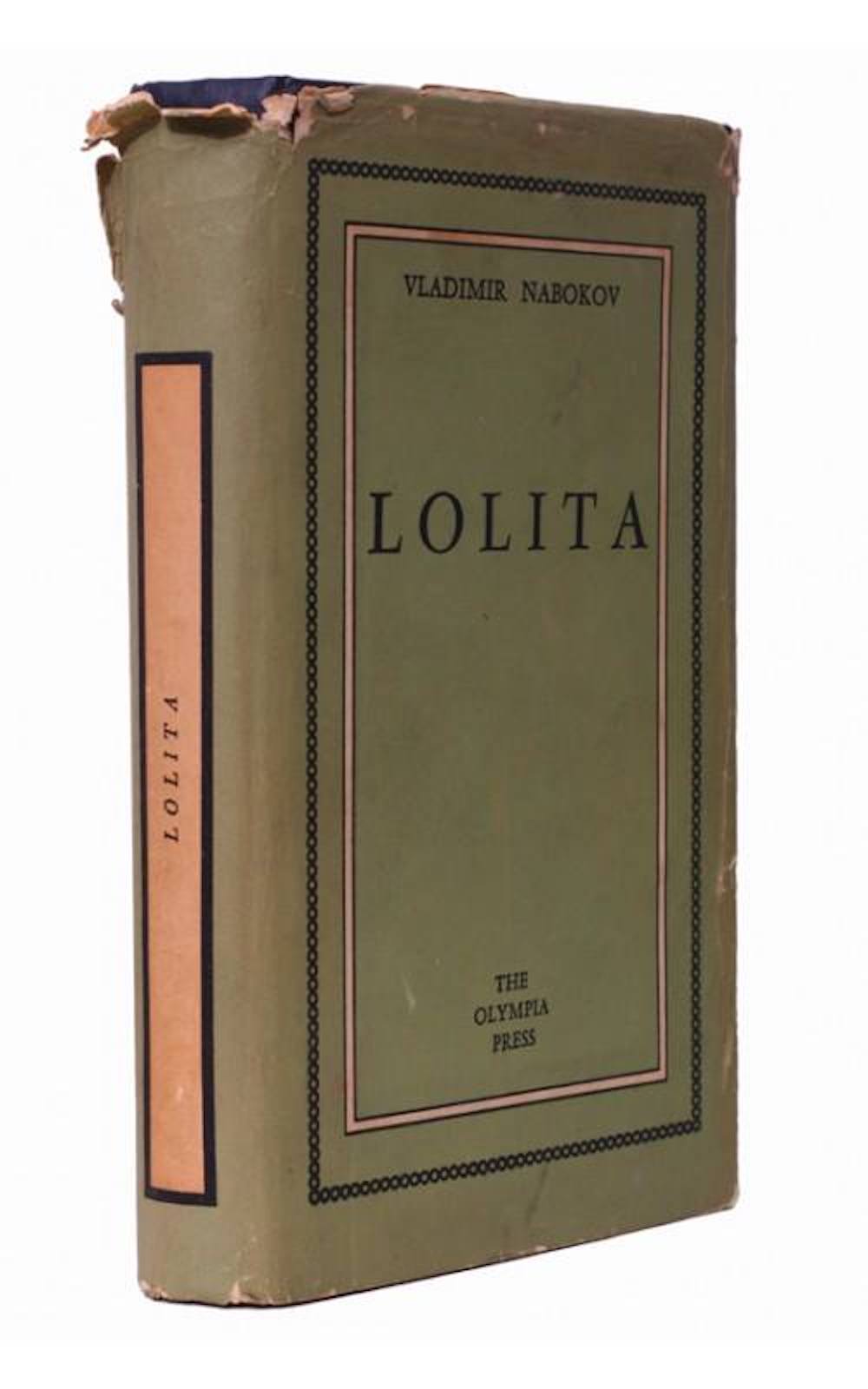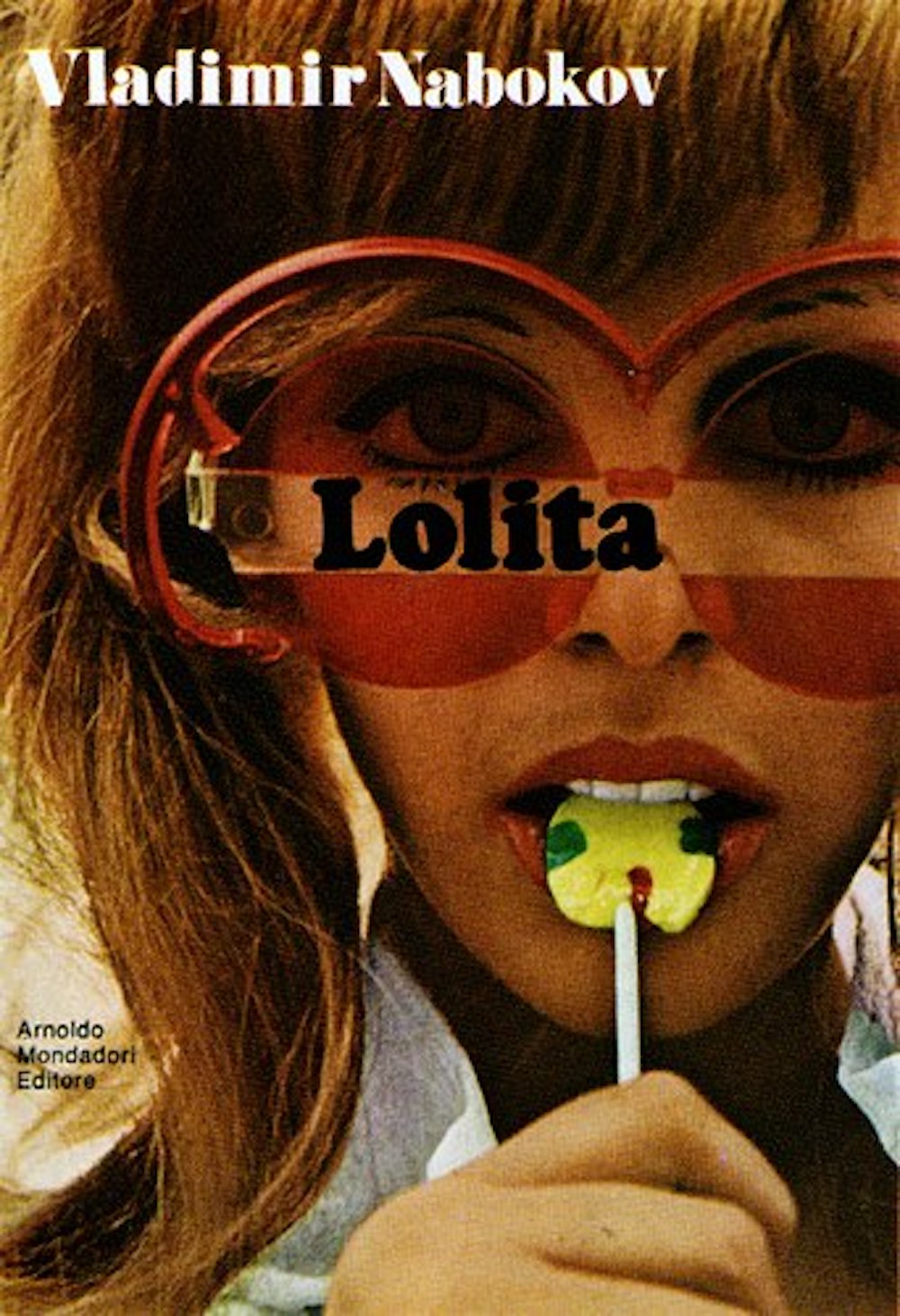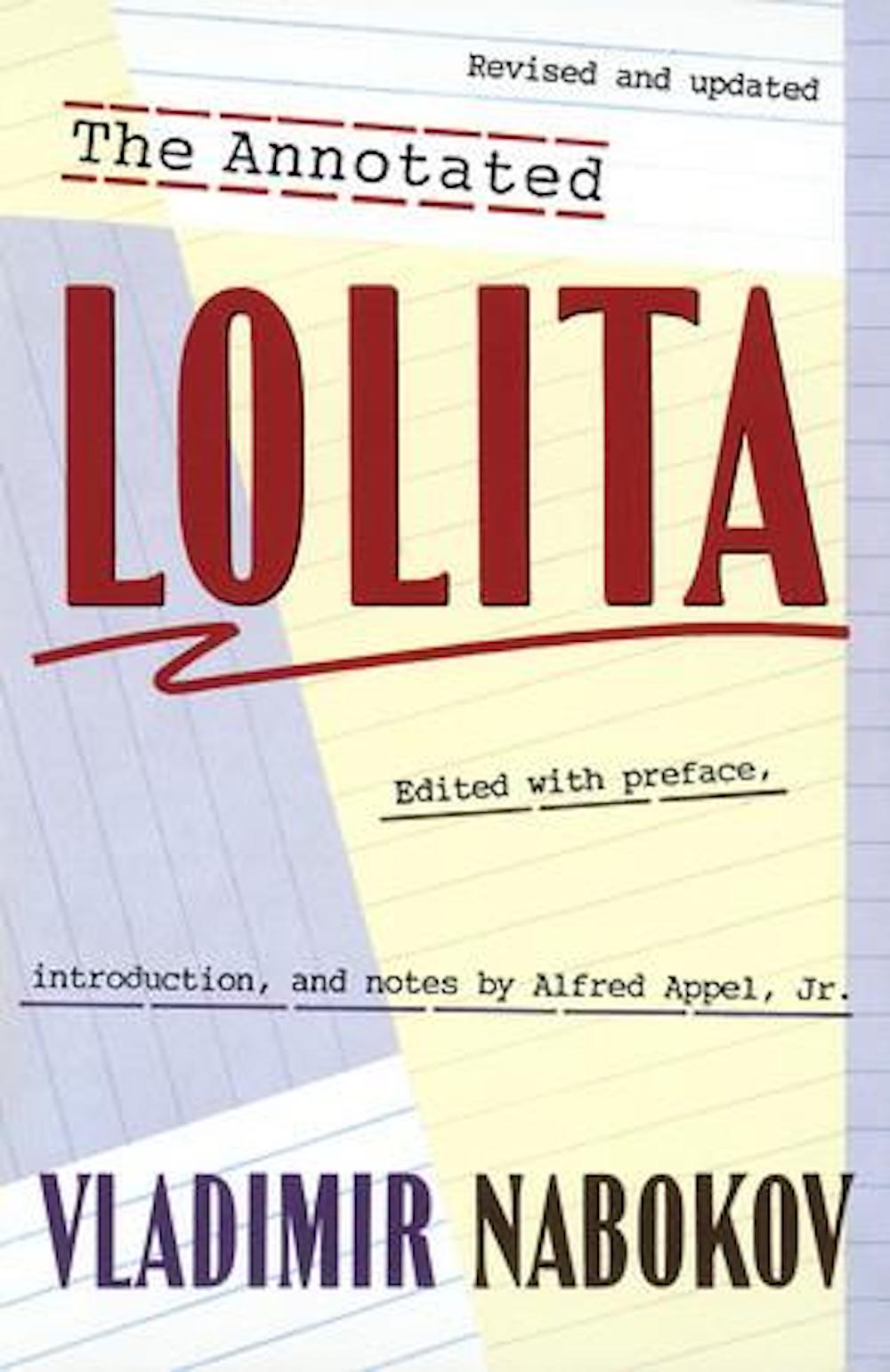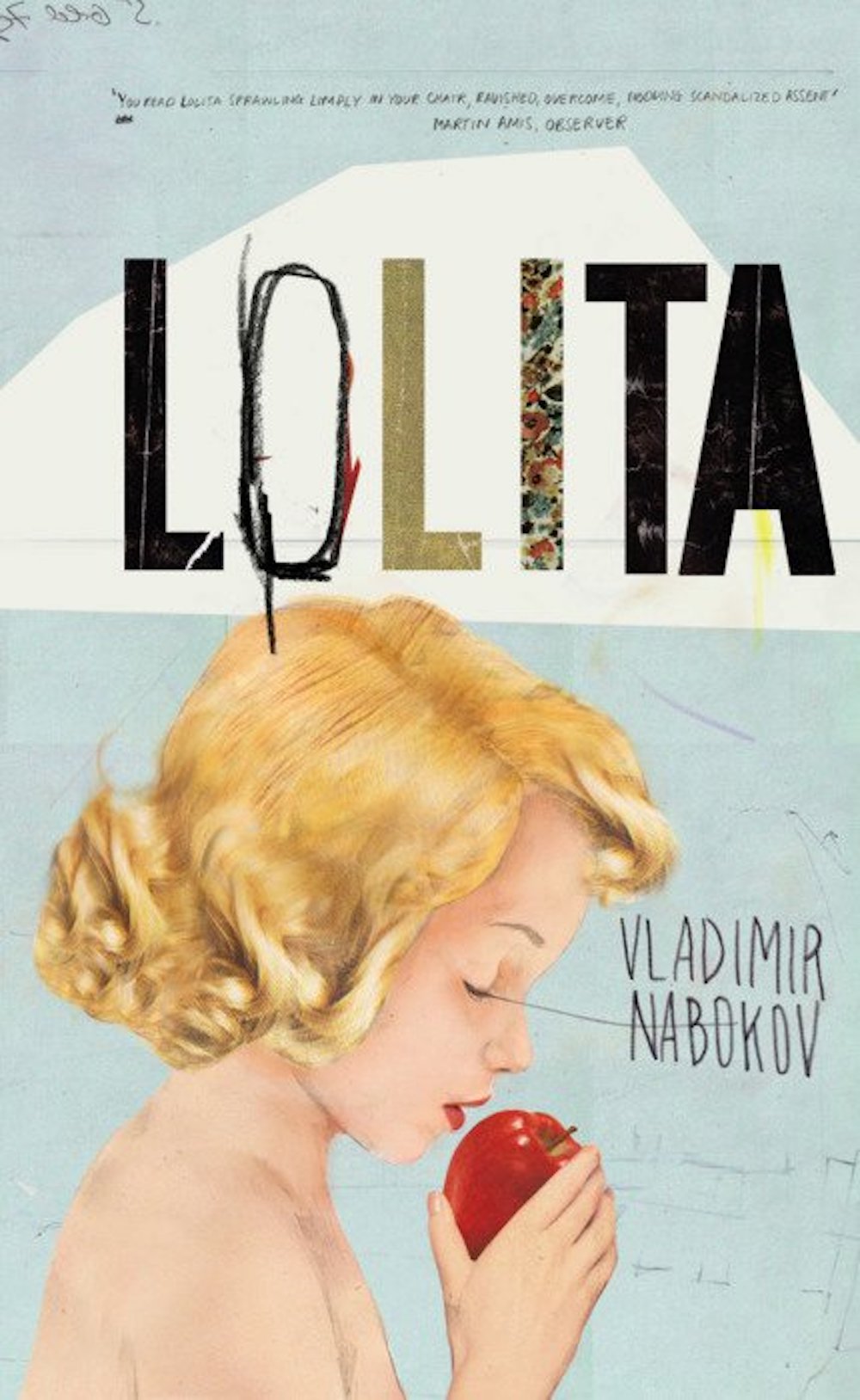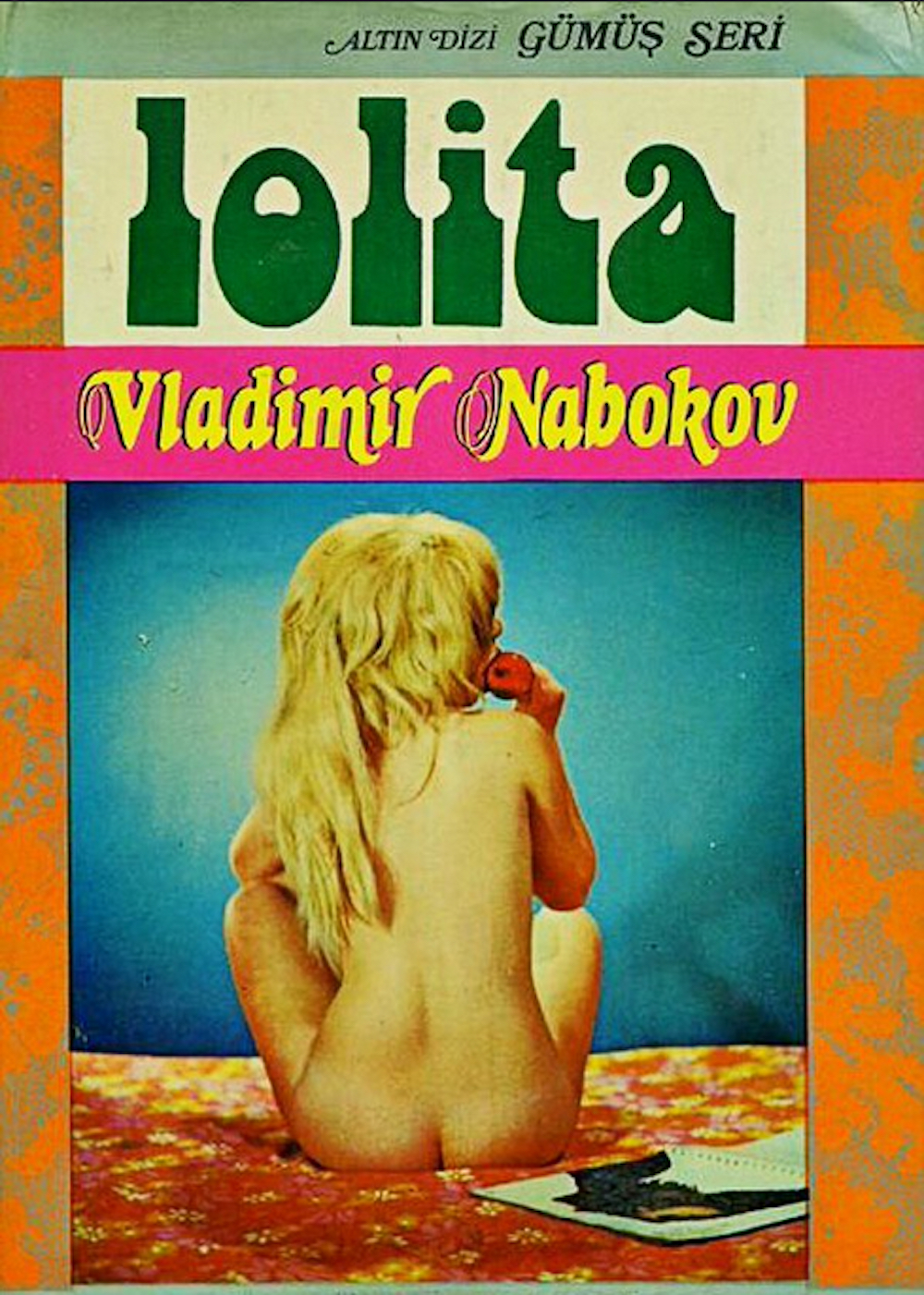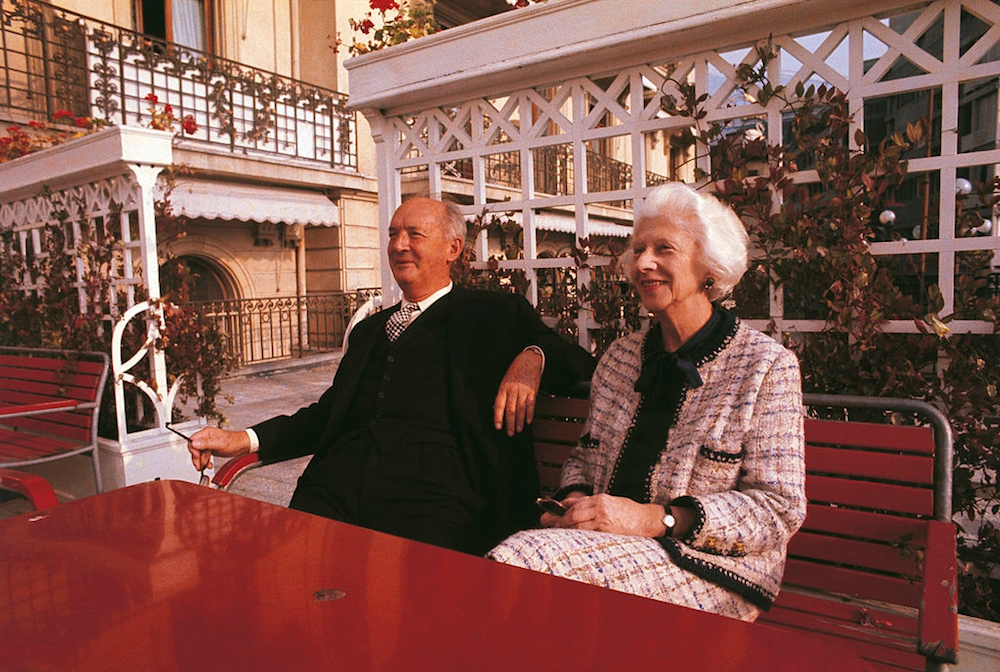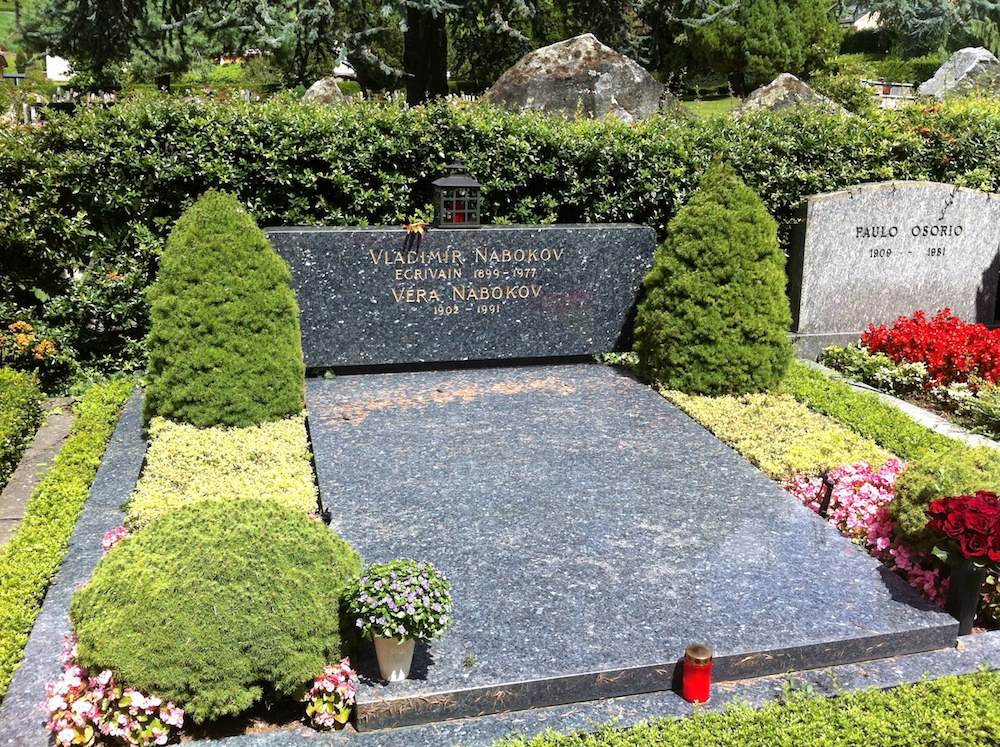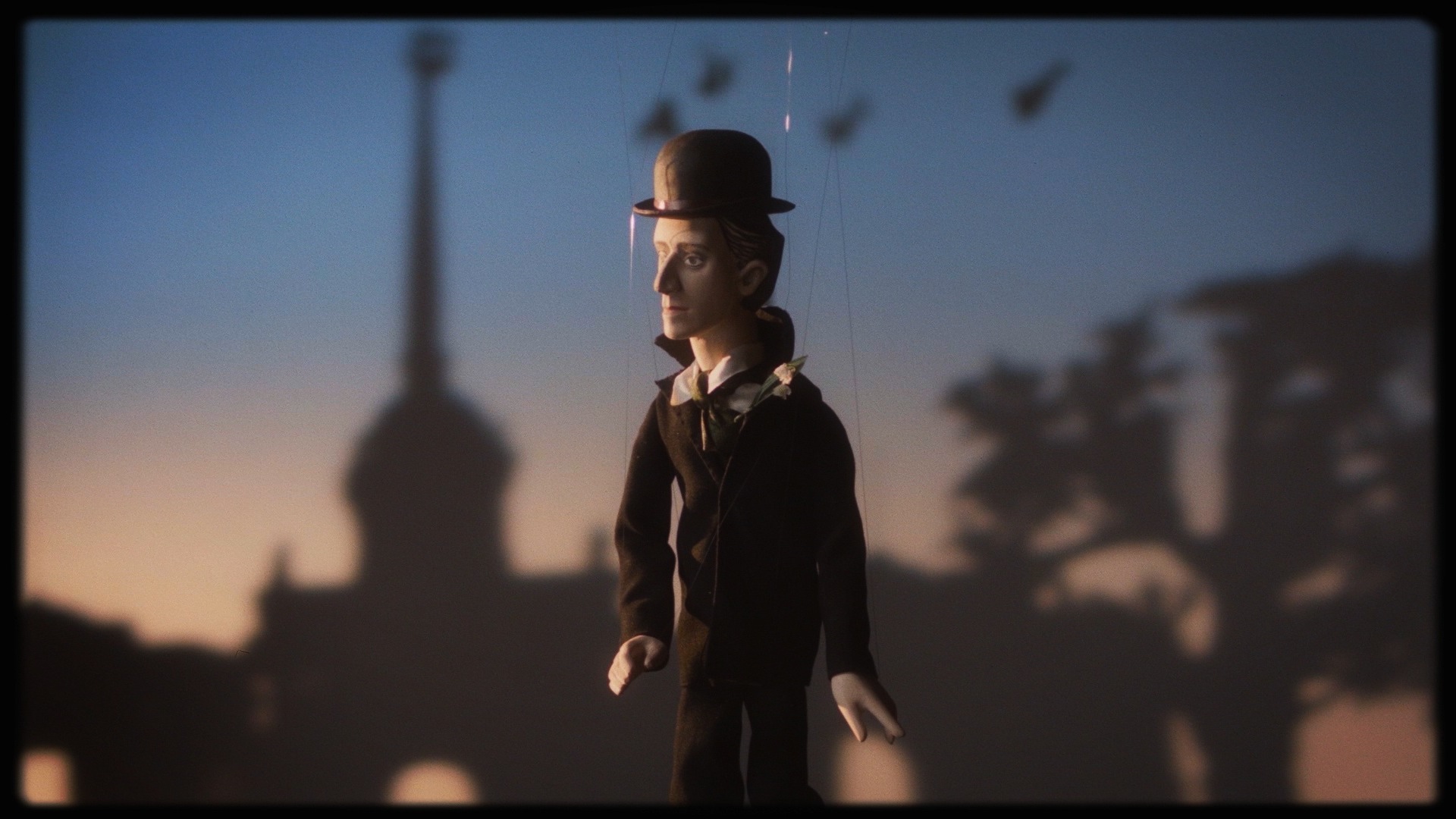Nabokov, 40 years on: 13 things you probably didn’t know about the Lolita novelist
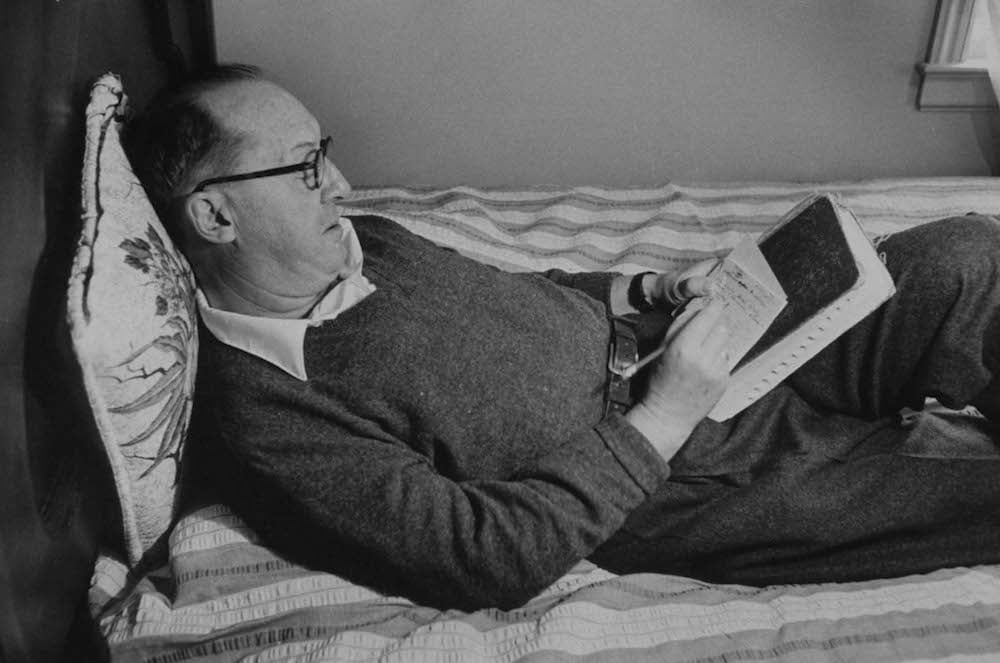
40 years after his death, Vladimir Nabokov's Lolita continues to mesmerise and shock in equal measure. His greatest achievement however, is not the story of Humbert Humbert's perverse affection, but rather his own artistic endurance as a writer
This year marks the 40th anniversary of Vladimir Nabokov’s death, the trilingual writer best known for his controversial work Lolita. A substantial anniversary as such is a fitting occasion to remember the man whose legacy will perhaps forever be inseparable from the image of a red lollipop and heart-shaped glasses. But with Nabokov, the question of an afterlife takes on an additional significance. Art as a vessel for spiritual transcendence was arguably Nabokovs principal preoccupation, the foundations to his literary temple. Many of his fictional characters take on this pursuit, to varying degrees of success, while his own nuanced literary structures play with patterns and shapes that speak to this central theme.
According to Vera Nabokov — the writer’s wife, muse, editor, typist — the essence of both her husband’s life and art was, “an intuition about a transcendent realm of being”. In light of this, remembering Nabokov 40 years on is not merely a ceremonial act of respect for a literary great, but a continuation of the very question he set out to answer, namely: does the artist continue to exist beyond the work of art itself? Here are just some of the wonderful and peculiar idiosyncrasies to the man, his opinions and his works.
.jpg)
The Man
He was a self-confessed sufferer (or beneficiary) of grapheme-colour synaesthesia
In other words he had the ability to see letters in colours, adding a further nuance to his already highly perspicuous, artistic eye. For example, in his autobiography Speak, Memory he writes: “The long ‘a’ of the English alphabet has for me the tint of weathered wood, but a French ‘a’ evokes polished ebony. This black group also includes hard ‘g’ (vulcanised rubber) and ‘r’ (a sooty rag being ripped). Oatmeal ‘n’, noodle-limp ‘l’, and the ivory-backed hand mirror of an ‘o’ take care of the whites.” His alphabet of colours is implicitly felt throughout his works, with imagery of the utmost specificity.
We’ve all been mispronouncing his name
Nabokov’s name is not as simple to pronounce as its trisyllabic form might suggest: “Frenchmen of course say Nabokoff, with the accent on the last syllable. Englishmen say Nabokov, accent on the first, and Italians say Nabokov, accent in the middle, as Russians also do. Na-bo-kov. A heavy open ‘o’ as in ‘Knickerbocker’.”
He didn’t care much for sleep
In his autobiography, Nabokov reveals his disgust with the basic human, involuntary necessity for sleep: “Sleep is the most moronic fraternity in the world, with the heaviest dues and the crudest rituals. It is a mental torture I find debasing… I simply cannot get used to the nightly betrayal of reason, humanity, genius.”
He was a passionate butterfly enthusiast
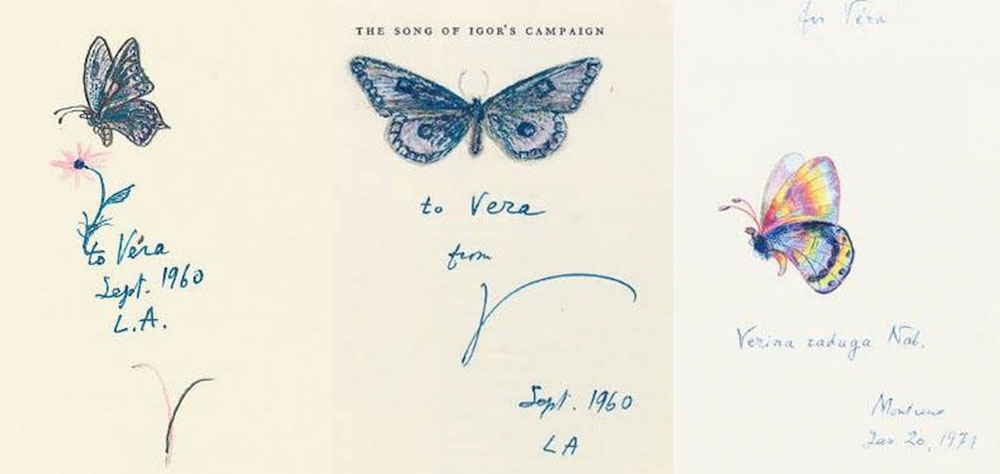
His favourite was the Red Admiral but it is his literary treatment of moths that is worthy of closer attention. In both Invitation to a Beheading and his short story Christmas, moths appear in the final scenes of the works, signifying a character’s bodily death and spiritual rebirth. In both instances, the moths boast beautiful eyespots on their wings, symbolising windows into a transcendental realm.
He wasn’t a confident talker
In the foreword to Strong Opinions, Nabokov’s personal archive of interviews over the course of his career, he states: “I think like a genius, I write like a distinguished author, I speak like a child.” Forever afraid of exposing his (supposedly) childish speech, Nabokov never gave impromptu professional interviews, requiring all questions and answers to be pre-prepared and written down.
The critic
He was a firm believer that novels are meant to be reread
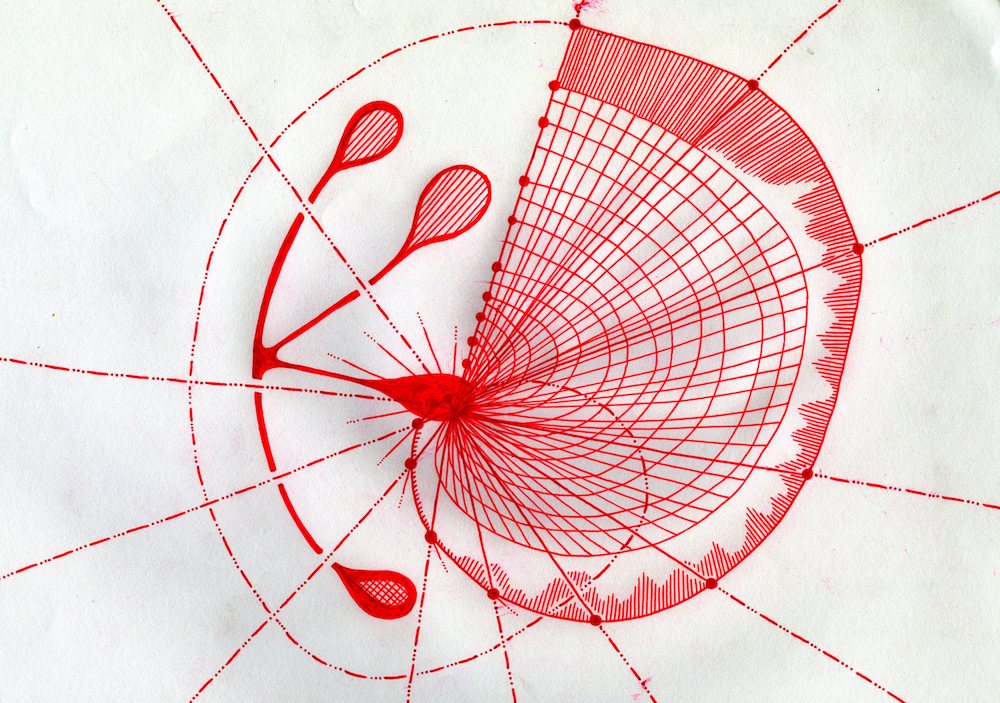
“A good reader, a major reader, an active and creative reader is a rereader.” Nabokov’s philosophy on reading is not only a plea to revisit texts in general, but another strategic clue for the reader, suggesting there is more to find in his own works, more to be unravelled. Ever playful with literary structure, Nabokov’s texts themselves encourage the reader to revisit what they have just read. By revealing their nuanced structure towards the end, the reader feels compelled to begin once again, and connect the dots that were left isolated, with this new knowledge. The circular structure of Nabokov’s novel The Gift, is perhaps the best example of this, as the protagonist states he will go on to write a novel of the same name in the final chapter, creating a curiously satisfying mise en abyme.
He was fascinated by the number three
Nabokov believed the number three to be of special artistic value: “The trinity, the triplet, the triad, the triptych are obvious art forms such as, say, three pictures of youth, ripe years, and old age, or any other threefold triplex subject.” In light of this, it is unsurprising that he splits his own artistic life into three sections, akin to a Hegelian dialectic: “A coloured spiral in a small ball of glass, this is how I see my own life. The 20 years I spent in my native Russia (1899-1919) take care of the thetic arc. Twenty-one years of voluntary exile in England, Germany and France (1919-1940) supply the obvious antithesis. The period spent in my adopted country (1940-1960) forms a synthesis — and a new thesis.”
He didn’t think much of psychoanalysis
Nabokov was known for his public dismissal of Freudian theory, despite frequent attempts by critics to draw links between the two individuals, who cannot help but read works such as Lolita through a psychoanalytic lens. When asked in an interview whether he’d been subjected to psychoanalytical examination before, Nabokov exclaimed “Why, good God?”. Nonetheless, the Russian writer was an individual with a profound connection to his childhood, so much so that he never went on to own a property, in fear of failing to achieve the perfection of his childhood home. Despite his refusal to engage in psychoanalytic conversation, his life and works are rich with fascinating material about mourning and memory.
The works
It took two years to get Lolita published
Lolita was originally published by Olympia Press in Paris in 1955, a publishing house known for its erotic, indeed pornographic, titles. Having completed the work in 1953, Nabokov struggled to find a willing publisher due to the controversial subject matter. It was banned in the United States, with John Gordon of the Sunday Express in the UK describing it as the “filthiest book I have ever read”. Since its turbulent beginnings, Lolita has gone on to be Nabokov’s most widely acclaimed work, helped along by Stanley Kubrick’s 1962 film adaption, which saw Sue Lyon win a Golden Globe for her role as the young Dolores Haze.
The double is one of Nabokov’s most cherished themes, appearing frequently throughout his works
Doubles appear most explicitly in one of his early Russian novels, Despair, in which allusions to Dostoevsky are explicitly and implicitly abundant. Despite the work’s central notion of the perfect crime appearing to be in direct communication with Dostoevsky’s Crime and Punishment, Nabokov’s references to his literary ancestor are steeped in mockery, as opposed to reverence. Intriguingly, Nabokov once said with characteristic curtness: “He seems to have been chosen by the destiny of Russian letters to become Russia’s greatest playwright, but he took the wrong turning and wrote novels.”
Nabokov’s final and most substantial Russian work The Gift, is an ode to Russian literature
The book includes interwoven elements from Russia’s rich literary past as well as direct references to revered Russian writers. In the foreword to The Gift, the author reveals: “Its heroine is not Zina, but Russian literature”, while “Chapter Two is a surge toward Pushkin” and “Chapter Three shifts to Gogol”. The fourth chapter, which comprises the protagonist’s biography of Nikolay Chernyshevky, further reinforces the novel’s impulse towards literary history, and Nabokov’s own connection to the literary past of his homeland.
Spending most of his twenties in exile, memory, as a key to his Russian past, was of utmost importance
For the writer, the preservation of memory was a question of recalling the minutiae of detail: “The bad memoirist retouches his past, and the result is a blue-tinted or pink-shaded photograph taken by a stranger to console sentimental bereavement. The good memoirist, on the other hand, does his best to preserve the utmost truth of the detail.” This notion is particularly pertinent to his novella Mary, where the protagonist recalls a passionate love affair with the eponymous heroine, with rigorously detailed prose.
Nabokov’s characters are only as alive as the reader’s imagination
In the final scene of Nabokov’s first English work, The Real Life of Sebastian Knight, upon mistaking a sick man in St. Damier hospital for his half-brother Sebastian, the narrator concludes “that any soul may be yours, if you find and follow its undulations”. Is this another clue for the reader? If we are, in fact, able to catch glimpses of, and indeed inhabit, the soul of another, Nabokov’s prose opens up infinite opportunities for his readers to step into the universe of both the characters and the writer himself. Followings this logic, the quality of Nabokov’s afterlife depends on our commitment to revisiting his works, and rereading his prose with a careful eye, just as he intended us to do.
